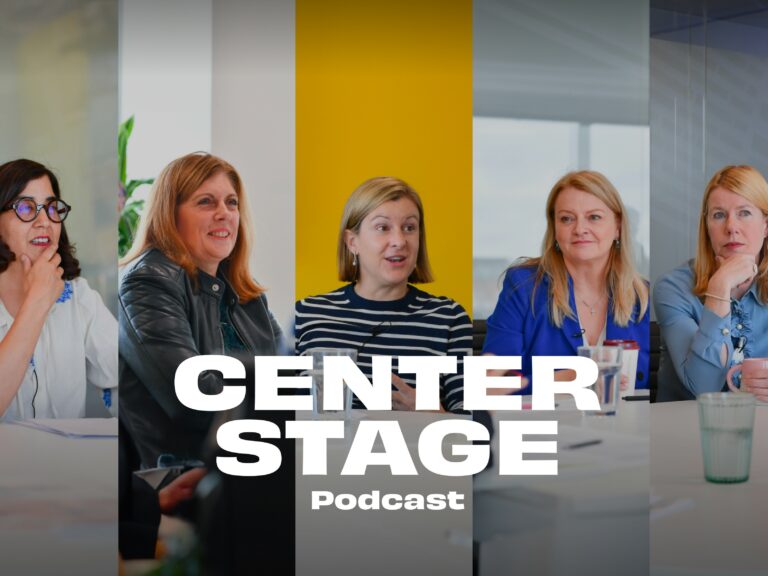Close to a year-and-a-half from when cities across the world were first plunged into lockdowns, a lot has changed – nothing more so than the way we communicate. Face-to-face switched to on-screen; and bedrooms became boardrooms as people adjusted to the ‘new normal’. Today, many of us are moving to a hybrid environment – a bridge that brings together the best of both worlds? Or is it just a communications conundrum?
In our latest webinar, Bladonmore Director, Sandra Davis, chaired an expert panel of seasoned communications practitioners to discuss some of the challenges presented by this new set up. Here’s a look back at some of the key takeaways.
On the panel:
Wendel Verbeek
Head of Internal & Transformation Communications, LSEG plc
Stacey Alioto
Deputy Group Chief Operating Officer, HSBC
Fiona Laffan
Global Head of Corporate Affairs, ICG
Choose the right channels
The clamour for high quality internal communications continues to grow, driven by senior leadership. But maintaining this regular drumbeat requires targeting the right channels – particularly in a hybrid world. If the pandemic has brought out the best in human nature and employees at all levels are looking to stay connected, it’s up to communications teams to make this a reality.
Ensuring a two-way channel of communication between employees and senior leadership is vital. It’s relatively easy to push messages out. But getting feedback from those on the ground and having softer conversations around wellness, performance and reward – critical for building trust – are harder to make happen. This should be a priority for communications managers.
Create compelling content
Less face-to-face means the airwaves are getting crowded, so the content that communications teams are producing needs to work harder than ever to engage with its audience. Lockdowns blurred the boundaries between peoples’ home and working environment, having a knock-on effect on the kind of content we want from our employers – personal messaging, with a more informal tone.
A lot of this is connected to how we use data: listening to employees and learning from the findings to ensure businesses are actively engaging around the issues that matter to their people. It also means ensuring that the way employees engage with content – the user experience – is as slick and seamless as we have all come to expect in our consumer lives.
Promote the company culture
While homeworking hasn’t massively hampered BAU for many firms, getting back to the office in some form is still important for a lot of businesses. A big part of that is to help establish a cultural hub, bringing a range of diverse ideas to drive innovation and growth. While having employees spend all days sat on Zoom or Teams calls from a central HQ is likely to be a thing of the past, using time in the office more proactively clearly has its benefits. But how do you convince people to come back?
The key is to invest in the employee experience – both in terms of the physical environment, but also how employees connect with the company purpose and values. Comms leaders will have an important role to play in this. In a hybrid working world, it becomes more and more important to ensure employees are aligned with the ‘bigger picture’ and recognise the opportunities to grow and develop within the business.
If you would like to talk about how Bladonmore can help you tackle the communications issues around the hybrid working world or would like to stay up-to-date with future webinars, please get in touch.
Share article



